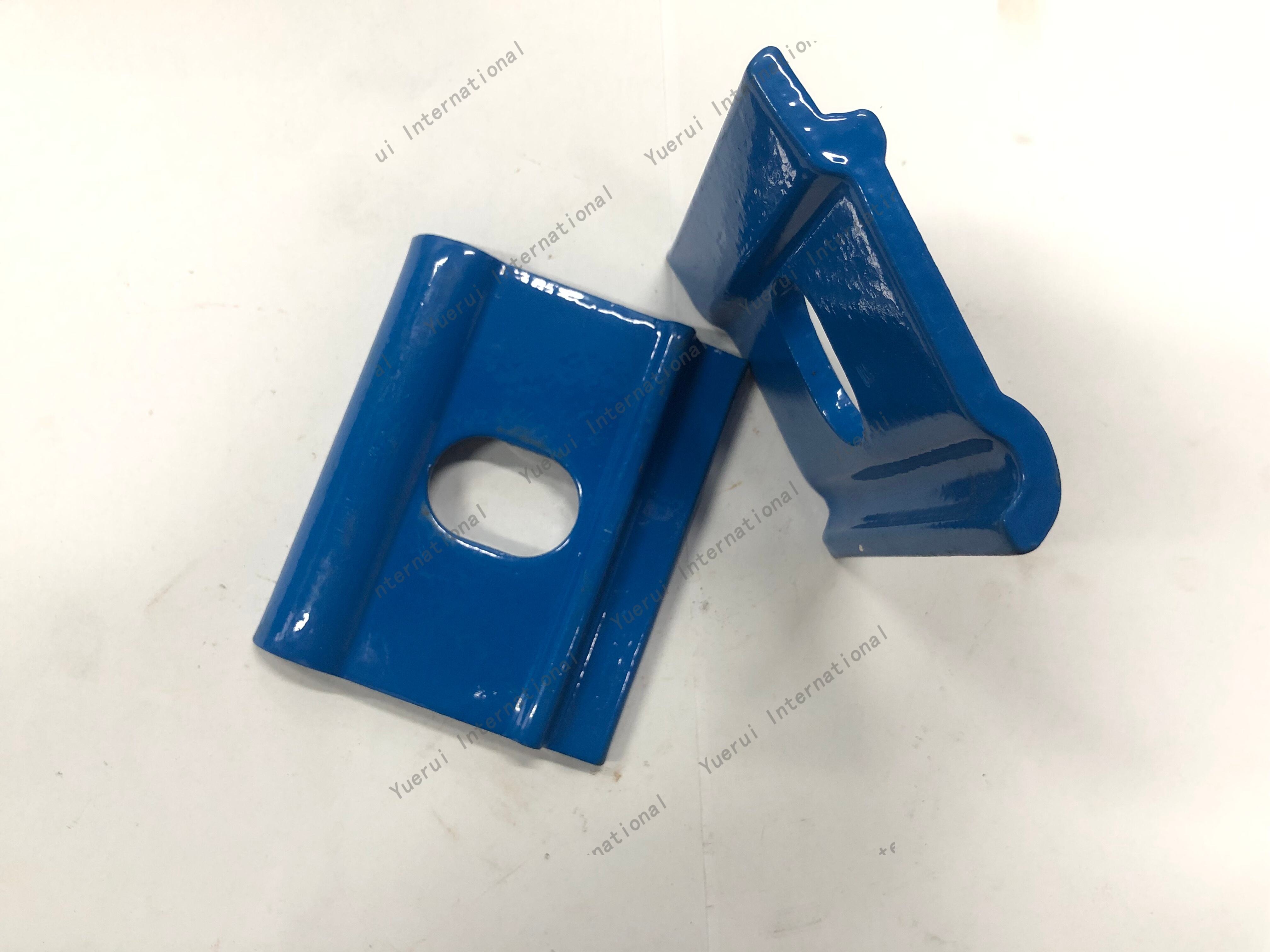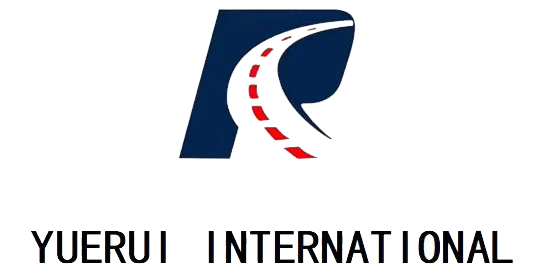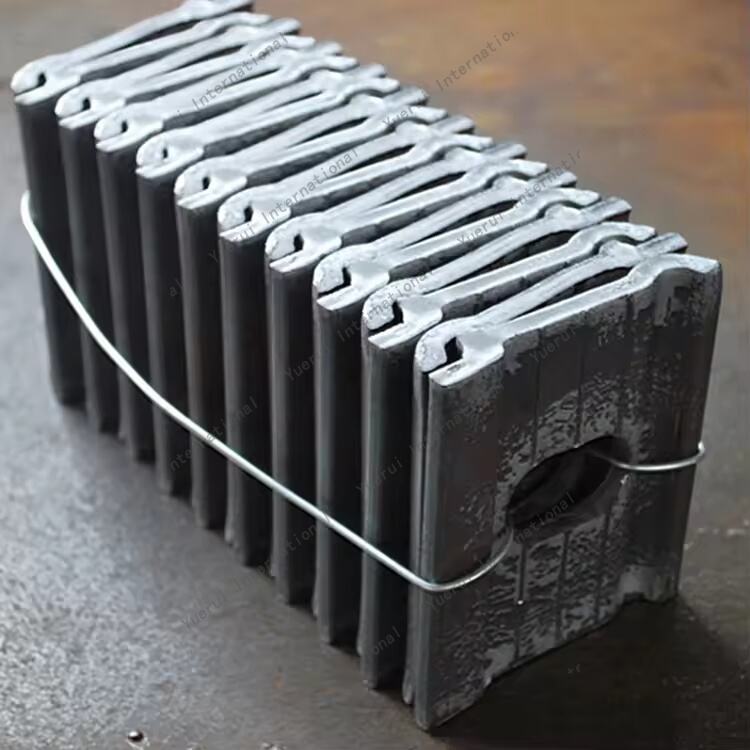Essential Guidelines for Railway Gauge Rod Maintenance
Railway gauge rods play a critical role in maintaining the precise spacing between rails, ensuring safe and efficient train operations. These essential components require regular inspection and maintenance to prevent track geometry issues and potential derailments. Understanding proper maintenance procedures helps extend the lifespan of railway gauge rods while maintaining optimal track performance and safety standards.
Modern railway systems depend heavily on well-maintained gauge rods to preserve track stability and alignment. As these components face constant stress from passing trains and environmental factors, implementing a comprehensive maintenance strategy becomes paramount for railway operators and maintenance teams.
Understanding Railway Gauge Rod Components
Core Elements of Gauge Rod Systems
Railway gauge rods consist of several critical components that work together to maintain proper rail spacing. The main body of the gauge rod is typically constructed from high-strength steel, designed to withstand tremendous lateral forces. End fittings or fasteners secure the rod to the rail, while adjustable mechanisms allow for precise gauge measurements and corrections.
These components include specially designed clamps, bolts, and often elastic fastening systems that help absorb vibrations while maintaining proper tension. Understanding each element's function is crucial for effective maintenance and troubleshooting.
Material Specifications and Standards
Railway gauge rods must meet strict material specifications to ensure reliability and durability. High-grade steel alloys are commonly used, offering excellent resistance to fatigue and environmental conditions. These materials undergo rigorous testing to meet international railway standards and specifications.
Quality standards typically require gauge rods to maintain their structural integrity under various weather conditions and heavy loading scenarios. Understanding these specifications helps maintenance teams identify suitable replacement parts and ensure compliance with safety regulations.
Inspection Procedures and Protocols
Visual Inspection Techniques
Regular visual inspections form the foundation of effective gauge rod maintenance. Maintenance personnel should examine the entire length of railway gauge rods for signs of wear, corrosion, or damage. Special attention must be paid to connection points, where stress concentration often leads to potential failures.
During visual inspections, technicians should look for surface cracks, deformation, loose fasteners, and any signs of material deterioration. Photographic documentation of findings helps track degradation patterns over time and supports maintenance planning.
Advanced Inspection Methods
Modern maintenance practices incorporate advanced inspection technologies to detect issues that may not be visible to the naked eye. Ultrasonic testing can reveal internal defects, while magnetic particle inspection helps identify surface and near-surface flaws in railway gauge rods.
Digital measurement tools enable precise monitoring of gauge rod alignment and spacing. These technologies provide valuable data for predictive maintenance programs and help prevent unexpected failures.
Maintenance Best Practices
Preventive Maintenance Schedules
Establishing regular maintenance intervals is crucial for optimal gauge rod performance. Maintenance schedules should account for traffic volume, environmental conditions, and historical performance data. Typically, detailed inspections should occur every three to six months, with more frequent visual checks during routine track walks.
Preventive maintenance activities include cleaning, lubrication of moving parts, and torque checking of fasteners. These routine tasks help prevent premature wear and ensure consistent performance of railway gauge rods.
Corrective Maintenance Procedures
When issues are identified, prompt corrective action is essential to maintain track safety and integrity. This may involve adjusting, repairing, or replacing damaged railway gauge rods. Maintenance teams should follow manufacturer specifications and railway authority guidelines when performing repairs.
Documentation of all corrective actions, including replacement part details and adjustment measurements, helps maintain quality control and supports future maintenance planning.

Environmental Considerations
Weather Impact Management
Environmental factors significantly influence the performance and longevity of railway gauge rods. Extreme temperatures, moisture, and corrosive elements can accelerate wear and deterioration. Maintenance programs should include specific procedures for different weather conditions.
Protective coatings and treatments help shield gauge rods from environmental damage. Regular cleaning and inspection of drainage systems around track areas prevent water accumulation that could lead to accelerated corrosion.
Seasonal Maintenance Adjustments
Seasonal variations require adjustments to maintenance practices. Winter conditions may necessitate more frequent inspections due to freeze-thaw cycles, while summer heat can affect rail expansion and gauge rod stress levels. Maintenance teams should adapt their procedures accordingly.
Documentation of seasonal patterns and their effects on railway gauge rods helps optimize maintenance schedules and resource allocation throughout the year.
Frequently Asked Questions
How often should railway gauge rods be replaced?
The replacement interval for railway gauge rods depends on various factors including usage intensity, environmental conditions, and maintenance history. Generally, gauge rods should be replaced every 5-7 years under normal operating conditions, or sooner if inspections reveal significant wear or damage.
What are the signs of gauge rod failure?
Common indicators of gauge rod deterioration include visible cracks, excessive corrosion, loose or missing fasteners, and noticeable track gauge variations. Regular measurements showing consistent deviation from specified tolerances may also indicate impending gauge rod failure.
Can damaged gauge rods be repaired?
Minor damage to railway gauge rods, such as loose fasteners or slight misalignment, can often be repaired. However, significant structural damage, deep corrosion, or cracks typically require complete replacement to maintain safety standards and track integrity.

